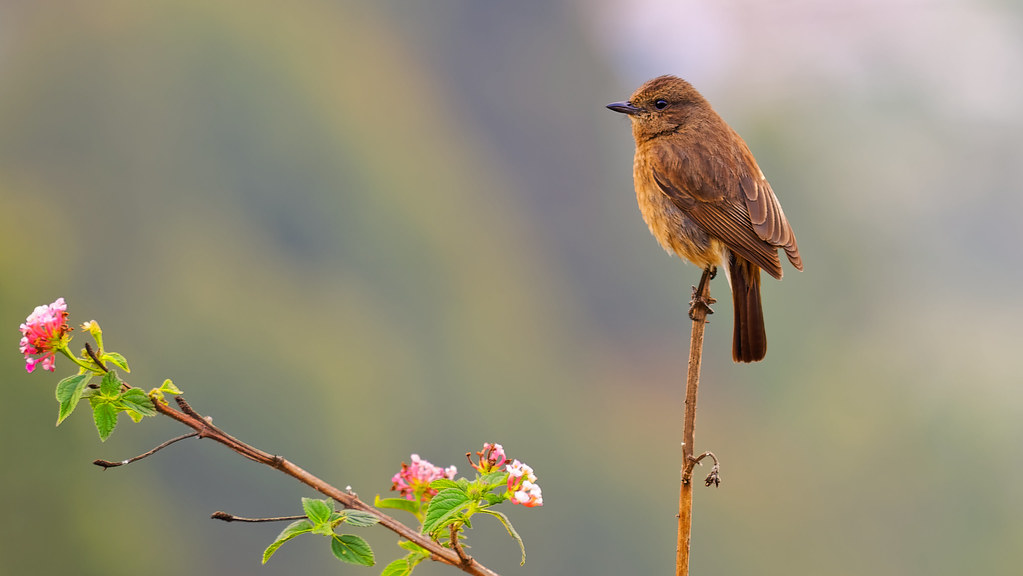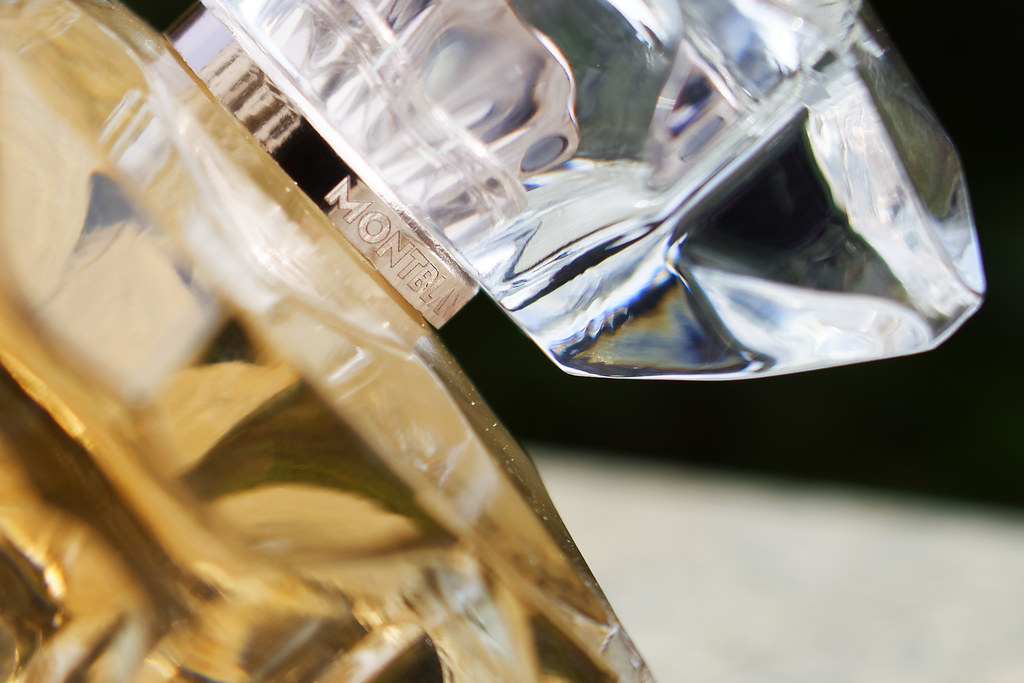Here’s a picture whose EXIF I have stripped so you won’t know what equipment was used to shoot it.
If you had to guess the sensor size, considering that this is a minimally edited photo, what would be your guess? FX? DX? m43? 1″? 1/1.7″? 1/2.3″?
Small sensor systems are all the rage these days. 24-1200mm zoom in a handy little package. How about that? The problem is, tiny sensors come with compromises. You have to bear with the compromises in every situation. How would it be, if you could deal with the compromises only when you needed to?
A Prime as a Zoom
Let me come to the point right away. I need a super telephoto solution. The solution needs to be light and hand-holdable. The options go all the way from a 1/2.3″ sensor P&S with humongous zoom range to non-portable monstrosities like the 200-500mm VR Nikkor. Based on size and weight considerations, I feel like I can’t do better than the 300mm f/4 PF VR Nikkor. Every other solution would be an IQ compromise, or be bigger and heavier than I want it to be.
Should I go for this prime or, say, a Nikon 70-300mm CX (190-810mm eq.) or something in between (e.g. m43)? The answer lies in the realisation that all these options are working on a real focal length of 300mm. The equivalents are merely crops on the 300mm output.
If I have to crop, why should I not crop digitally? I can mount the 300mm f/4 PF VR on a 24MP FX body and digitally crop down to 900mm (eq). Imagine a hand-holdable 300-900mm f/4 lens! If I switch to a DX body instead, I could go further down to 1200mm. 450-1200mm f/4. With VR. Under 1000g. That’s going beyond the reach with a 1″ sensor. Arse kickin’!
The IQ Penalty
The question that follows is, what’s the IQ cost of such a compromise? Well, I’m assuming that the digital crop factor can be stretched up to 3x. That yields a 2000×1333 px image with a 24MP sensor. Is that good?
Well, it exceeds the “Full HD” screen resolution. At 300 dpi, it also exceeds the 4×6″ print resolution requirements. I’ve actually printed enlargements all the way down to 120 dpi with satisfactory (to me) results. That means I can blow a good 2048 px image up to 12×18″. Not too small, that.
The Proof
All of the above theory sounds good, but where’s the proof that such heavy digital cropping will deliver? Take a look at the image at the top. Click through to the Flickr page for a full-size 2048 px view. Now guess the equivalent sensor size. You might be surprised to know that this digital crop is equivalent to shooting with a 1/1.7″ sensor (4.5x crop factor). I used a 20mm lens on a DX body (D3300) to shoot this and cropped it all the way in to a 90mm (FX) equivalent. Does the image look bad? It’s quite acceptable to me. Had this been a 300mm lens, the alternative to cropping would have been shooting with a 1350mm lens. That’s not happening with me. Very unlikely.
Here are a few more examples of extreme cropping.


Conclusion
With the great amount of pixel density available in today’s large (DX/FX) sensors, there’s a lot that can be achieved with “digital zoom” or cropping in post-processing. When paired with a good lens and technique, you can make a large sensor realise the convenience of crop sensor bodies and the IQ penalty scales with the extent to which you are pushing the crop. You don’t always need 1200mm. You don’t always have to, therefore, live with the IQ of a 1″ sensor or smaller.
